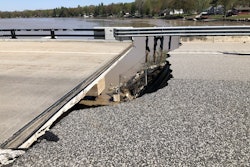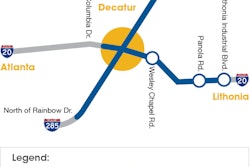The 2020 inductees into the American Road & Transportation Builders Association (ARTBA) Foundation’s Transportation Development Hall of Fame are as follows:
Peter Kiewit (1900-1979)
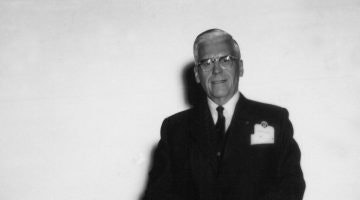 Credit: Kiewit Corp.
Credit: Kiewit Corp.Peter Kiewit became president of his family’s construction company in Omaha, Nebraska, in 1931 at age 30 and shifted the company’s focus to building highways. The company ended up building more lane miles on the U.S. Interstate System begun after World War II than any other contractor. The Peter Kiewit Foundation, founded by Kiewit’s personal estate, has awarded more than $640 million in grants and scholarships since 1979 for public-purpose projects in Nebraska and western Iowa.
Norm Mineta (1931-)
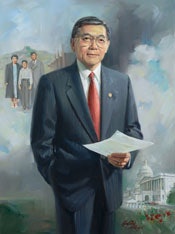 Credit: Collection of the U.S. House of Representatives
Credit: Collection of the U.S. House of RepresentativesThe son of Japanese immigrants, Norman Y. Mineta was confined with his family in an internment camp during World War II. “It was there he vowed to serve his country throughout his life and prove that he could do great things, regardless of his background,” ARTBA says.
Mineta served as mayor of San Jose, California, and in the U.S. House of Representatives for 20 years. In 1991, he was the principal author of the Intermodal Surface Transportation Efficiency Act (ISTEA), which provided a then record in federal funding for surface transportation. In 2000, President Clinton appointed him U.S. secretary of commerce, making him the nation’s first Asian-American Cabinet member. Then President Bush appointed him to be his only Democratic cabinet member as U.S. secretary of transportation. In retirement, Mineta has established the Mineta Transportation Institute at San Jose University.
Jim Peterson (1936-)
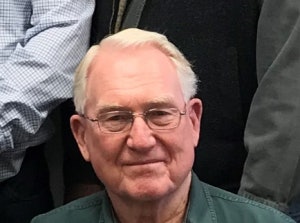
In the 1970s, he led an industry effort to garner bipartisan support in the state legislature to boost infrastructure investment; in the 1980s to get the state to index its fuel tax to generate additional revenue for transportation improvements; and in the 1990s to enact the “Corridor 2020” highway expansion agenda. Peterson also served as the 2003 chairman of The Road Information Program (TRIP), has been an ARTBA director for decades and the 2000 ARTBA Contractors Division president. He’s also a recipient of the Nello Teer Award, the Contractors Division’s highest honor.
The Roebling Family
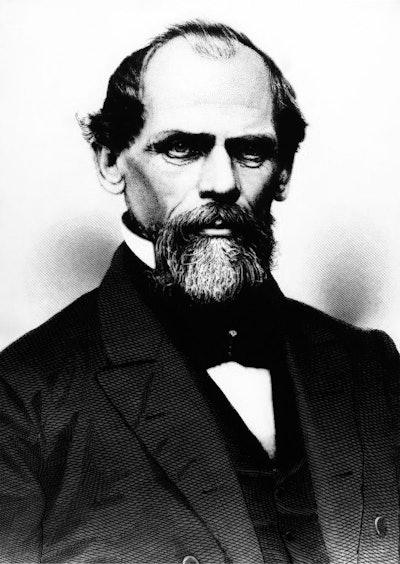 John Augustus Roebling
John Augustus RoeblingAn immigrant from Berlin, John Roebling was a civil engineer who developed the modern suspension bridge and is responsible for the design and construction of numerous spans throughout the United States. He began work on the new Brooklyn Bridge in 1867.
He was joined by his son, Washington, who had distinguished himself in both combat and military infrastructure design with the 83rd New York Artillery Battery during the Civil War.
Following an accident at the bridge site, John Roebling died of tetanus, and Washington Roebling took charge of the Brooklyn Bridge’s construction as chief engineer. In 1870, fire broke out in one of the caissons, and he directed the
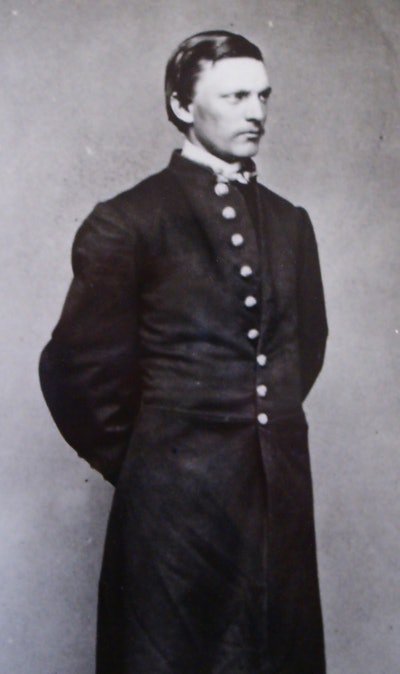 Washington Augustus Roebling
Washington Augustus Roeblingefforts to extinguish the flames. During the rescue, he contracted decompression sickness (“the bends”) rendering him bedridden.
As the only person to visit her husband during his sickness, Emily Roebling relayed information to the project team. She developed an extensive knowledge of stress analysis, cable construction and advanced mathematics and took over much of the chief engineer’s duties, including day-to-day supervision and project management. The Brooklyn Bridge was completed in 1883.
Launched a decade ago, the hall of fame “honors individuals or families from the public and private sectors who have made extraordinary contributions to U.S. transportation development during their careers,” ARTBA says.


